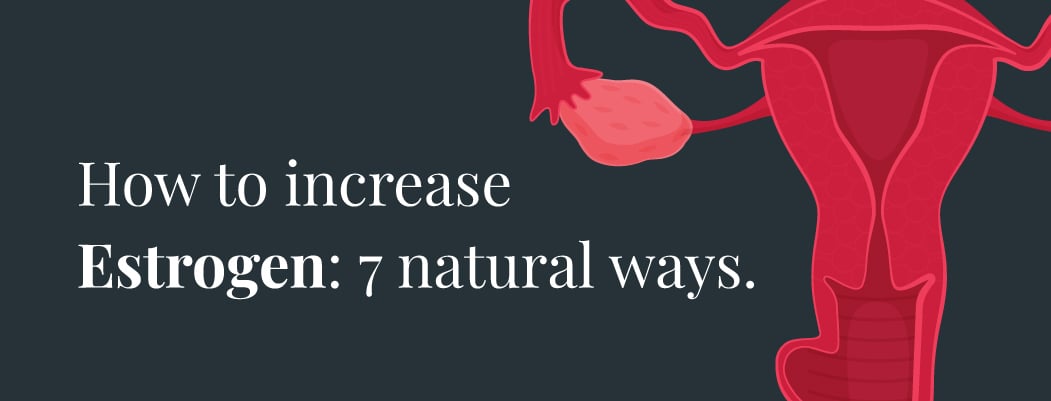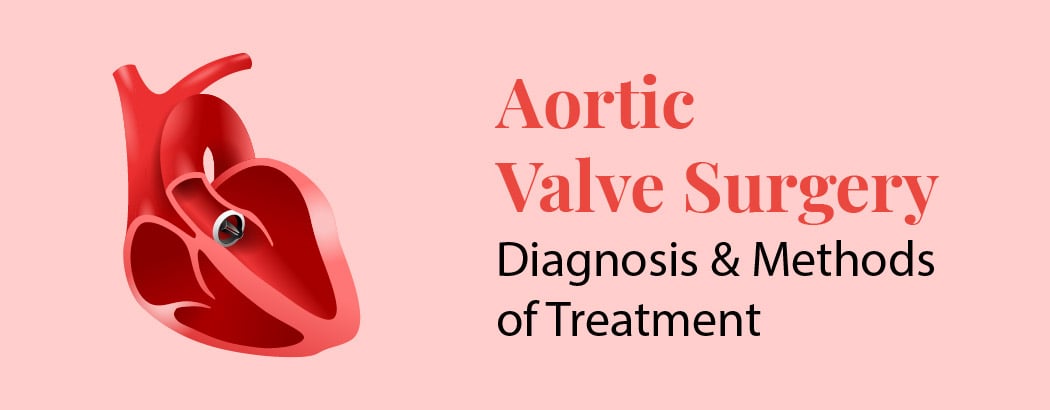How to Increase Estrogen in Females
February 6, 2025

What is an Estrogen?
An essential sex hormone for maintaining sexual and reproductive health is estrogen. Your normal cycle of menstruation and menopause causes changes in your estrogen levels. Estrogen levels that are consistently high or low can indicate a problem that has to be addressed by your doctor.
One of the two sex hormones that are frequently linked to cisgender women, transgender men, and nonbinary people with vaginal organs is estrogen. Estrogen, along with progesterone, is essential for the health of your reproductive system. In addition, estrogen has a role in developing secondary sex characteristics (such as breasts, hips, etc.), menstruation, pregnancy, and menopause.
Additionally, estrogen is crucial to various bodily processes. Because of this, while AFAB people produce the most estrogen, both genders do as well.
Types of Estrogen
Estrogen comes in three primary forms:
- The main form of estrogen your body produces after menopause is estrogen (E1).
- During your reproductive years, the main type of estrogen in your body is estradiol (E2). It is the most vital Estrogenic type.
- During pregnancy, the primary type of estrogen is estriol (E3).
Where is Estrogen Located in the Body?
During your reproductive years, your ovaries produce the majority of your estrogen. In addition, adipose tissue (body fat) and your adrenal glands, located in your kidneys, secrete estrogen. During pregnancy, the placenta, which is the organ that permits the sharing of nutrients between the mother and the fetus, secretes estrogen.
Once estrogen is released, it moves via your bloodstream to the area of your body that needs to be activated. There, estrogen interacts with an estrogen receptor protein to initiate the process. Your entire body contains estrogen receptors.
What is the Normal Level of Estrogen?
Estrogen levels fluctuate during a lifetime. The variation is typical. For instance, it is typical for estrogen levels to increase during adolescence and decrease as menopause approaches. Estrogen levels often increase during ovulation so your body can prepare for pregnancy. When pregnancy alterations are unnecessary, it’s typical for levels to drop throughout your period.
Consistently low or high levels could indicate an underlying problem that needs your doctor’s attention.
What Causes Low Estrogen in Female
Low estrogen in females can result from various factors, including:
- Age and Menopause: As women age, particularly during menopause (typically between 45-55), estrogen levels decrease as the ovaries reduce estrogen production.
- Eating Disorders: Conditions such as anorexia or bulimia can interfere with nutrition, resulting in hormonal imbalances and reduced estrogen levels.
- Polycystic Ovary Syndrome (PCOS): PCOS can cause irregular estrogen levels, often accompanied by hormonal imbalances.
- Premature Menopause or Ovarian Insufficiency: When ovaries stop functioning before 40, estrogen levels drop, causing early menopause-like symptoms.
- Medical Treatments: Chemotherapy, radiation, or oophorectomy (ovary removal) can damage the ovaries, leading to a decrease in estrogen.
- Hypothalamic Amenorrhea: Stress, excessive exercise, or poor nutrition can interfere with hormone signaling, reducing estrogen production.
- Thyroid and Pituitary Disorders: Conditions affecting the thyroid or pituitary gland can disrupt estrogen production by impacting hormonal regulation.
- Genetic Conditions: Conditions like Turner syndrome can lead to underdeveloped ovaries and lower estrogen levels.
These factors contribute to low estrogen, impacting reproductive health and overall well-being.
What Occurs When Estrogen Levels Remain Low Over Time?
Low estrogen levels are frequently a warning sign that menopause is just around the corner. Low estrogen may also be a symptom of Turner syndrome, infertility issues, nutritional deficiencies, etc.
Some signs could be:
- Breast tenderness
- Brittle or weak bones
- Sweating at night and hot flashes
- No periods or irregular periods
- Headaches and difficulty focusing
- Fatigue, sleepiness, and sleep disturbances
- Sadness, impatience, and mood swings
- The dryness of the cervix causes painful intercourse
What Results from Persistently High Estrogen Levels?
Numerous problems, including polyps, fibroids, PCOS, endometriosis discomfort, ovarian tumors, etc., might be linked to excess estrogen in the body. Your levels could be elevated due to having too much estrogen compared to progesterone, the second sex hormone. You can end up with too much estrogen in your body due to the medications that contain it.
Some signs could be:
- Reduced sex drive
- Gaining weight, especially around the waist and hips.
- Irregular menstrual cycles (unpredictable timing, light or heavy bleeding).
- PMS or PMDD symptoms that are getting worse.
Why Do You Need Estrogen?
Estrogen’s primary role in the female reproductive system is to regulate these changes, but it also plays additional roles in the male and female reproductive systems, such as:
- Blood vessel and heart support
- Bone strength
- Mood control and brain defense
- Numerous factors can affect how much estrogen we produce. Some people may need treatments like hormone replacement therapy to manage these consequences.
The natural actions of estrogen may be supported by phytoestrogens found in the diet.
The Top 7 Foods for Increasing Estrogen Levels
Phytoestrogens, often known as dietary estrogen, are naturally occurring plant substances that share estrogen’s chemical makeup. They assist your body in adapting to an estrogen deficit by hormonally simulating the effects of estrogen. Many foods high in phytoestrogen and estrogen can support keeping your body’s required levels of this naturally occurring hormone stable. Here are a few of the most potent.
- Flax Seeds: Flax seeds, tiny, brown, or golden seeds with several proven health advantages, are among the top foods high in estrogen. These seeds are a great source of lignans, a class of chemicals that act as phytoestrogens and aid in estrogen metabolism. According to research, flax seeds contain phytoestrogens that may help lower breast cancer risk, particularly in postmenopausal women.
- Soybeans: Soybeans are rich in many vitamins, minerals, and proteins and are one of the best foods for boosting estrogen. In addition, they contain a lot of isoflavones, a class of phytoestrogens associated with several health advantages. You can enhance your body’s estrogen levels by consuming soy products, including tofu, edamame, tempeh, soy yogurt, and soymilk. A higher soy intake is associated with a lower risk of breast cancer-related death, per a study.
- Dry Fruits: Another highly effective source of estrogen is dried fruit, which is also a tasty and convenient snack option. It also contains a tonne of vital minerals. They are a great source of several phytoestrogens and are also incredibly high in fiber. Compared to their fresh counterparts, these fruits—including prunes, dates, and dried apricots—have substantially higher concentrations of phytoestrogens.
- Garlic: Garlic is one of the top foods on the list that make women’s estrogen levels. It is well known for its culinary value and several possible health advantages. According to a study, postmenopausal women taking garlic oil supplements are protected against bone loss from low estrogen levels. In addition, garlic, which is rich in isoflavonoids, lowers blood pressure, lowers cholesterol, prevents clotting, and reduces the risk of heart disease.
- Peach: Peaches, popular for their delectably sweet flavor, are another of the top foods high in lignans, phytoestrogen, and other vital vitamins and minerals. According to studies, eating just two servings of peaches per week lowers the risk of breast cancer in postmenopausal women due to their high lignan content.
- Nuts: One of the best meals for raising estrogen levels in the body is nuts, such as peanuts, walnuts, cashews, almonds, and pistachios. They provide a wealth of vitamins and minerals as well, providing a variety of health advantages. In addition, they are simple to incorporate into your diet. However, due to the high quantity of calories and fats they contain.
- Sesame seeds: Sesame seeds are rich in phytoestrogens and a number of other essential minerals, making them one of the top foods that boost estrogen. These tiny, fiber-rich seeds can be added to practically any dish and support healthy cholesterol levels. A postmenopausal women’s study found that regular ingestion of sesame seed powder can raise estrogen levels and lower blood cholesterol.
What Doctor Checks Estrogen Levels?
Endocrinologists
An expert with advanced training in endocrinology, or studying your body’s hormones, is known as an endocrinologist. Endocrinologists identify, treat, and manage numerous disorders that impact your endocrine system.
Balancing Estrogen for Better Health
In conclusion, estrogen is essential for sexual, reproductive, and overall health. Imbalances, whether low or high, can cause various health issues. Monitoring estrogen levels, especially during life changes like menopause, is important for well-being. A nutritious diet and effective stress management play a key role in sustaining healthy estrogen levels, and visiting an endocrinologist can offer personalized treatment options for hormonal imbalances.






